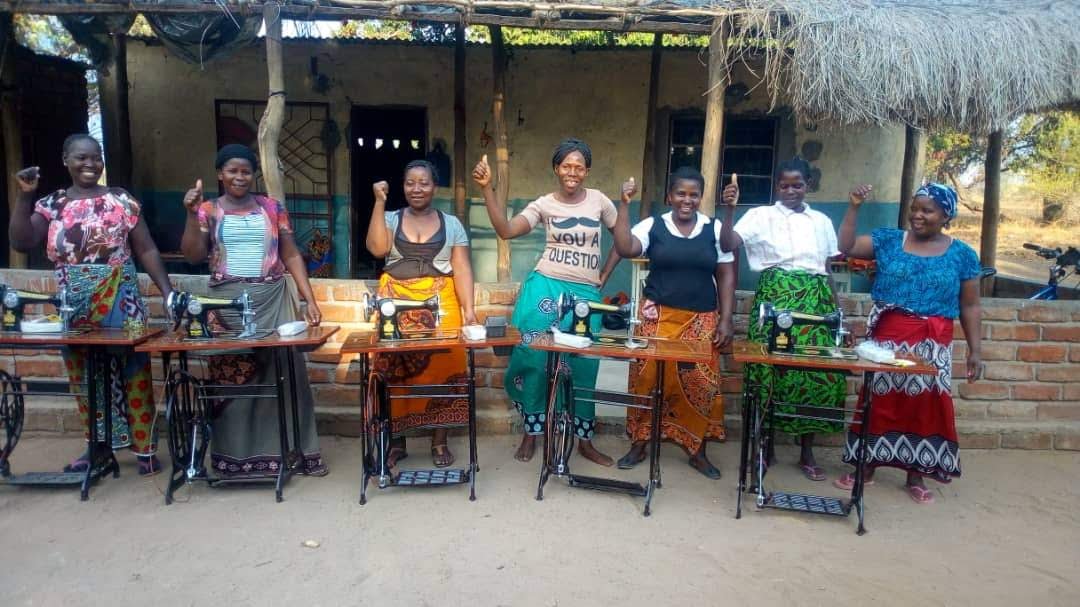
Nsefu Wildlife
Nsefu Wildlife Conservation Foundation
-

Our Story
The Nsefu Wildlife Conservation Foundation
The Foundation was the product of a partnership between the owners of Zikomo Safari (an Eco-Hotel ), who were concerned about the escalating loss of wildlife in the areas surrounding their lodge, and a passionate radio show host, who had a long history of defending and caring for animals.
-

Our Mission
Mission Statement
Nsefu Wildlife's mission is to preserve and protect wildlife in Zambia while developing and supporting community programs through education and economically viable alternatives to poaching.
-

Our Work
What we need to do to put an end to poaching
In order for anti-poaching to succeed, there must be employment locally available. The people in the community must have the skills to qualify for employment. Employed wage earners do not need to poach. There is no going forward to a permanent end to poaching without this economic component.
-

Nsefu Sector
South Luangwa National Park
The South Luangwa National Park marks the end of the Great Rift Valley, one of the last remaining unspoiled wilderness areas and possibly the finest wildlife sanctuary in Africa.
-
Subscribe
Newsletter & Updates
Enter your contact information below to receive the latest newsletter, updates and more.


